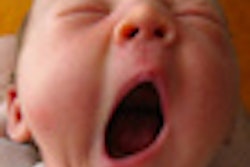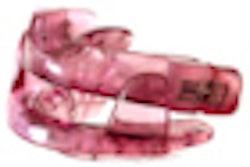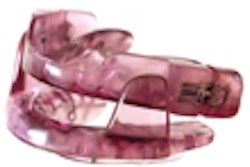Sleep-related breathing disorders (SRBDs) are very difficult to detect in pediatric groups, according to research presented June 5 at the American Academy of Dental Sleep Medicine annual meeting in San Antonio.
A study conducted at the University of North Carolina found that 18% of pediatric patients were at risk for SRBDs, and that pediatric risk was not associated with any demographic or craniofacial characteristics, as it is in adults, making the disorders difficult to detect.
The study included 100 children between 7 and 17 years of age; 43% were male and 57% were female. The group was 73% Caucasian, 10% Hispanic, 9% African-American, 5% Asian, and 2% American Indian.
Researchers used a previously validated survey, the Pediatric Sleep Questionnaire (PSQ), to estimate the risk of an SRBD. Each patient's parent or guardian completed the survey for his or her child. A score of 0.33 suggested risk for an SRBD. Results indicated that 18% of the participants were at risk for sleep-disordered breathing.
Orthodontic records, including information on craniofacial characteristics, were obtained for each patient. The researchers looked for an association between the risk for an SRBD and craniofacial features. They also examined the effect of gender, race, age, and body mass index on SRBD risk. No significant associations were found for either demographic or craniofacial characteristics.
"We were surprised that our findings suggested that the risk for pediatric sleep-disordered breathing was as high as it was, since our review of the literature suggested that the prevalence of pediatric obstructive sleep apnea was one to three percent," said principal investigator Kristen Fritz in a press release. "We speculate that either our sample size was too small, or that additional factors contribute to the condition in children."
Screening tools such as the PSQ, or specific inquiry about suspected risk factors such as snoring, sleepiness or behavioral problems, offer dentists who treat children an opportunity to recognize, educate, and refer pediatric patients that may be at risk for SRBDs, Fritz concluded.
Copyright © 2010 DrBicuspid.com



















